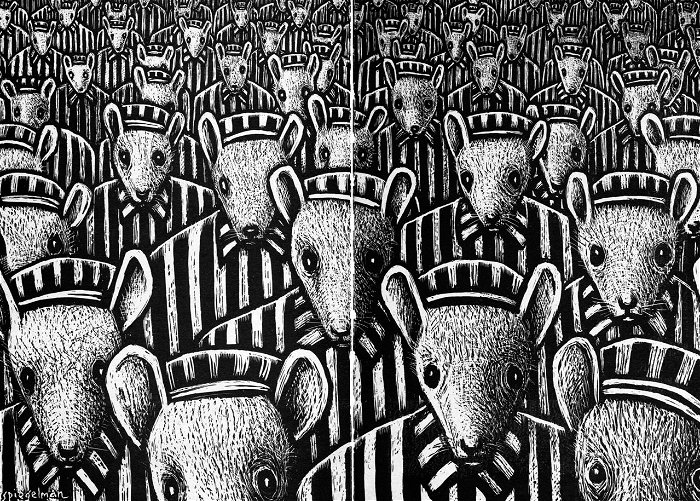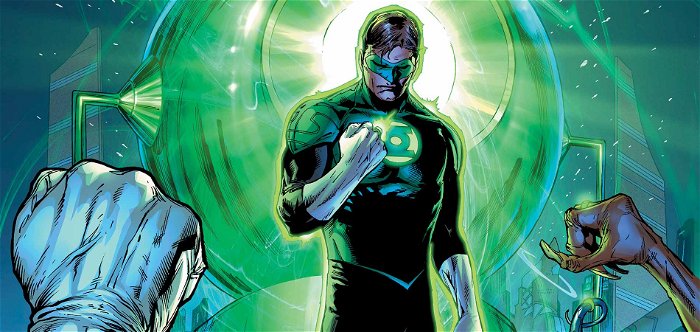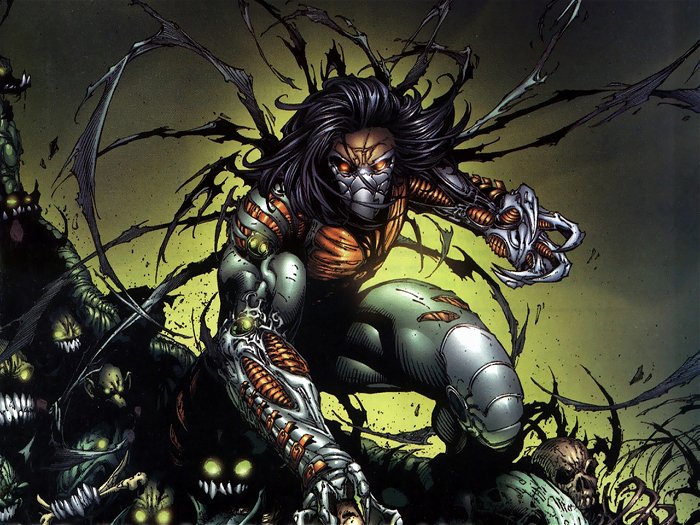When most people hear the words “comic books,” they immediately associate it with superheroes like Superman, Batman, Spider-Man, or the X-Men, among others. This rings true mainly in North America. But much like music and films, the comic book industry has its mainstream and non-mainstream scene, mostly known as alternative or independent comics. Much like some people prefer listening to underground musicians or watching smaller budget movies, some people prefer reading a lesser known comic. The superhero genre isn’t everyone’s cup of tea. In its absence, the world of alternative comics has evolved, offering creators and readers opportunities beyond masks and capes.
Alternative comics have been around for years, decades even. During the 70s, they touched on things like sex and drugs and other subjects that didn’t follow the Comics Code. It was exciting. It was fresh. But slowly, slowly, it began to lose its appeal. Along with many things during the disco era, the alternative comic just didn’t capture readers like it once did.

But that all changed with Art Spiegelman, whose Pulitzer Prize-winning Maus was groundbreaking work. It is the story of his Jewish father and his family as they suffered through the Holocaust of Nazi-occupied Europe. This book had a profound impact in how independent stories were told in comics. He took a more serious approach rather than just writing about cheap thrills. He influenced many writers and his work is studied in both English literature and Jewish culture. Thanks to Spiegelman, alternative comics began to be less about racy subject matter and more about storytelling.
But Spiegelman is not the only name to be associated with the evolution of non-mainstream comics. Another name is Dave Sim, who is considered by many to be the first writer to self-publish a comic book, another attractive aspect of the genre. One of the first and most influential success stories of self-publishing are Kevin Eastman and Peter Laird, who brought to the world the Teenage Mutant Ninja Turtles. This franchise is still alive and kicking even today, nearly thirty years after its creation.
As these new avenues opened, many comic book writers and artists felt that there were more opportunities out there for them to be more creative. Most aspiring artists dream about working for Marvel or DC, but as creators, they still want to write about something different and unique.
Alternative comics have made it a point to stay away from superheroes. It’s not that there aren’t any books about them, but the appeal is more due to other genres, such as thrillers, romance, crime, biography, and different forms of science fiction/fantasy. If writers and artists want to tell a horror story, they have the chance to do just that and have it available to the masses.

It also offers a great place for new writers and artists to get into the business, like a training ground of sorts where young upstarts can hone their craft and improve their skills. If someone dreams for writing a Green Lantern book in their future, a great place to begin is in the independent circuit.
Aside from the creative freedom offered, there is also the business end of things that make many creators favour the small press. As Laird and Eastman did with the Ninja Turtles, many now have the recourse to have creator owned material published, whether by a company or by themselves. Instead of giving away one’s work for someone else to profit from, he or she can now be properly compensated if said work ever becomes a big success.
As exciting and goal achieving as it is to write for books like Fantastic Four and Wonder Woman, your work is owned by the company. A lot of people are content with that, as they should be. But it’s only normal that some of those creators want a little more. The independent milieu offers those writers that chance.
But it’s not just the creators that have opportunities with all of this, so do the readers. As mentioned earlier, not every fan is looking for super heroes and metahumans to read about. They want something different. Some prefer a thriller; others want a love story, or even who-done-it crime tales. They turn to alternative comics for their fix. Some might have outgrown the super hero genre and some may have never been interested in it. Their needs are often met with these independent titles.
There are even those who still love and continuously read the Iron Mans and Hulks of the world, but still look for some diversity. It’s rather refreshing to pick up a comic book sometimes to read about something other than a man in tights and a cape saving the day. Although super hero books have matured over the years and touch on more realistic subject matter, many fans look for some variety nonetheless. Too much of the same thing can be a drag sometimes.

Those readers have always looked to independent publishers for that. Over the last two decades, there has been an emergence of companies who focus on publishing alternative comics and/or licensed properties. Two of the more popular are Dark Horse Comics and Image Comics. With the recent rise in popularity of the industry as a whole, more independent companies have been founded like Boom! Studios, Dynamite Entertainment, and Archaia Studio Press. Meanwhile, other publishers who have been around for long have more of a light shining on them as a result of the current global awareness of comics; companies like Top Cow Productions, Oni Press, IDW Publishing, and Devil’s Due Publishing.
The growth of alternative comics seems unstoppable. It has even reached the big two: Marvel and DC. Grossly depending on their super heroes to do their business, these two giants could not deny the importance of alternative comics and creator owned material. With imprints like DC’s Vertigo and Marvel’s Icon, they offer creators and readers something different to write, draw, and read about, but on a larger platform. The point being that the growth and power of alternative comics has attained the mainstream, which is great for everyone involved.
There have been many wonderful characters and stories that have come out of these non-super hero books over the years; stories that even garnered the attention of big Hollywood studios. Nobody can deny the success of films like The Dark Knight and Spider-Man being reasons why the world is more aware of comics. But they’re not the only films adapted from a comic book. Arguably the most successful of these films is Hellboy. Other examples worth mentioning are Constantine, Wanted, V for Vendetta, and in more recent cases Surrogates and Whiteout.
This is a great time to be a fan of comics. Even with all the classic stories the mainstream super hero books have been telling for years, alternative comics have a much bigger presence in the industry than ever before. You can’t help but look back at the beginnings of independent storytelling and notice the evolution of the genre. It’s all thanks to those who put in work in helping the medium grow, from writers, artists, editors to publishers. There is a lot of untapped potential that now has a place to be nurtured and showcased. To ironically quote a super hero, here’s to hoping the alternative comics soar up, up, and away!
This article originally appeared in CGM’s April 2010 issue.



